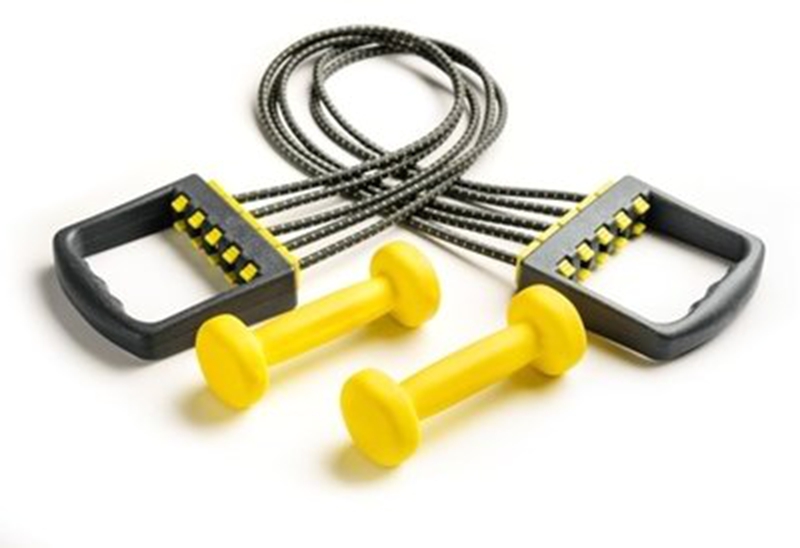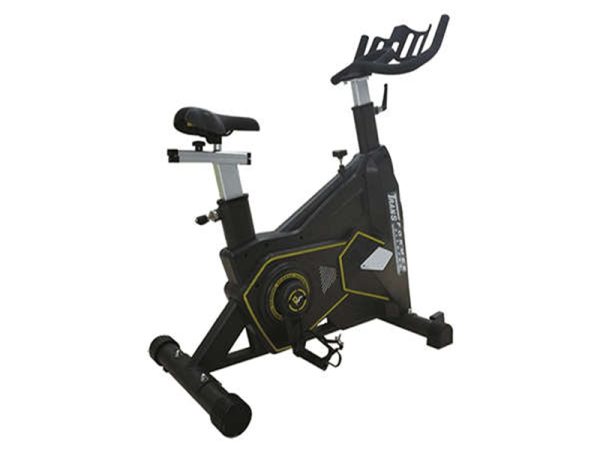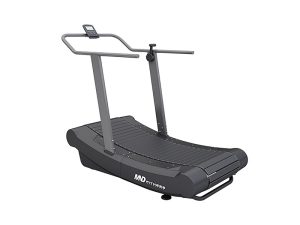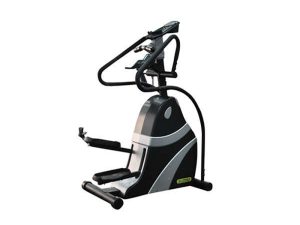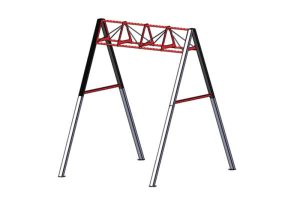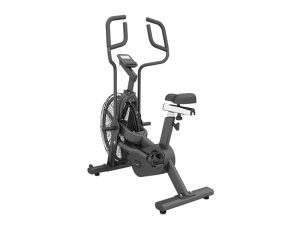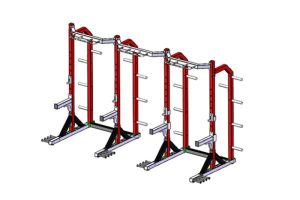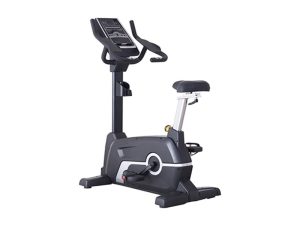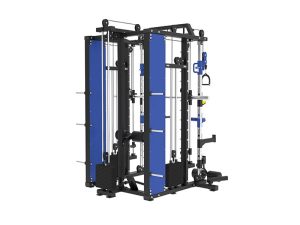D08 Fashionable Spinning Bike
- Adjustment frame material: Both the seat and the handle adjustment frame are made of aluminum alloy.
- Braking method: Push-down emergency braking system;
- Footrests: Commercial three-piece central shaft, heat-treated heavy-duty crank and high-strength aluminum alloy footrests;
- Sweat-proof: Equipped with sweat-proof covers;
- Adjustment: Both the handle and the seat cushion can be adjusted up and down, forward and backward.
1. Adjustment frame material: Both the seat and the handle adjustment frame are made of aluminum alloy.
2. Braking method: Push-down emergency braking system;
3. Footrests: Commercial three-piece central shaft, heat-treated heavy-duty crank and high-strength aluminum alloy footrests;
4. Sweat-proof: Equipped with sweat-proof covers;
5. Adjustment: Both the handle and the seat cushion can be adjusted up and down, forward and backward.
6. Adjustment method: Both the seat and the handle can be adjusted forward and backward as well as up and down.
7. Resistance: Stepless resistance adjustment;
8. Transmission mode: Belt transmission;
9. Flywheel material/specification: 20KG solid high-precision pure steel flywheel;
10. Dimensions: 1150mm*680mm*1270mm;
11. Net weight of equipment: 58KG;
The correct way to ride a spinning bike:
The spinning bike is an efficient aerobic exercise equipment. The correct riding posture can not only improve the exercise effect but also avoid sports injuries. The following are the key points for the correct way to ride a spinning bike:
1. Seat and handle adjustment
Youdaoplaceholder0 Seat height : When sitting on a bicycle and stepping on the lowest point of the pedal, keep the knee joint slightly bent (about 25-30 degrees), and the leg almost straight but not completely locked.
Youdaoplaceholder0 Seat forward and backward position : When the pedals are parallel to the ground, the knees should not extend beyond the toes to avoid excessive pressure on the knee joints.
Youdaoplaceholder0 Handlebar height : usually one fist ‘s above the seat to keep your back and waist naturally upright while riding.
2. Basic cycling postures
Youdaoplaceholder0 Sitting flat ride : For warming up and relaxation, keep your back straight, your abdomen tightened, and your arms naturally bent to support the handlebars.
Youdaoplaceholder0 Standing bike : Stand with your back straight, use your core to control balance and avoid swaying from side to side. When climbing a slope in a standing position, you can appropriately lower your center of gravity, lean your upper body forward, and exert more force on your hips.
Youdaoplaceholder0 Core stability : Keep your abdominal muscles in a neutral position, whether sitting or standing, and avoid sagging or arching your back.
3. Trampling techniques
Youdaoplaceholder0 Foot position : Place the sole of the foot steadily on the pedal with the toes pointing forward, and apply force with the front of the foot rather than the toes or heels.
Youdaoplaceholder0 Pedaling : Keep the ankle in place and move the knee up and down with the pedal. Avoid turning the knee in or out.
Youdaoplaceholder0 Rhythm control : You can try interval training, such as cycling at a medium to slow pace for 1-2 minutes and then switching to 1.5-2 times the speed for 2

